Language Translation in Healthcare - Medical Language Translation
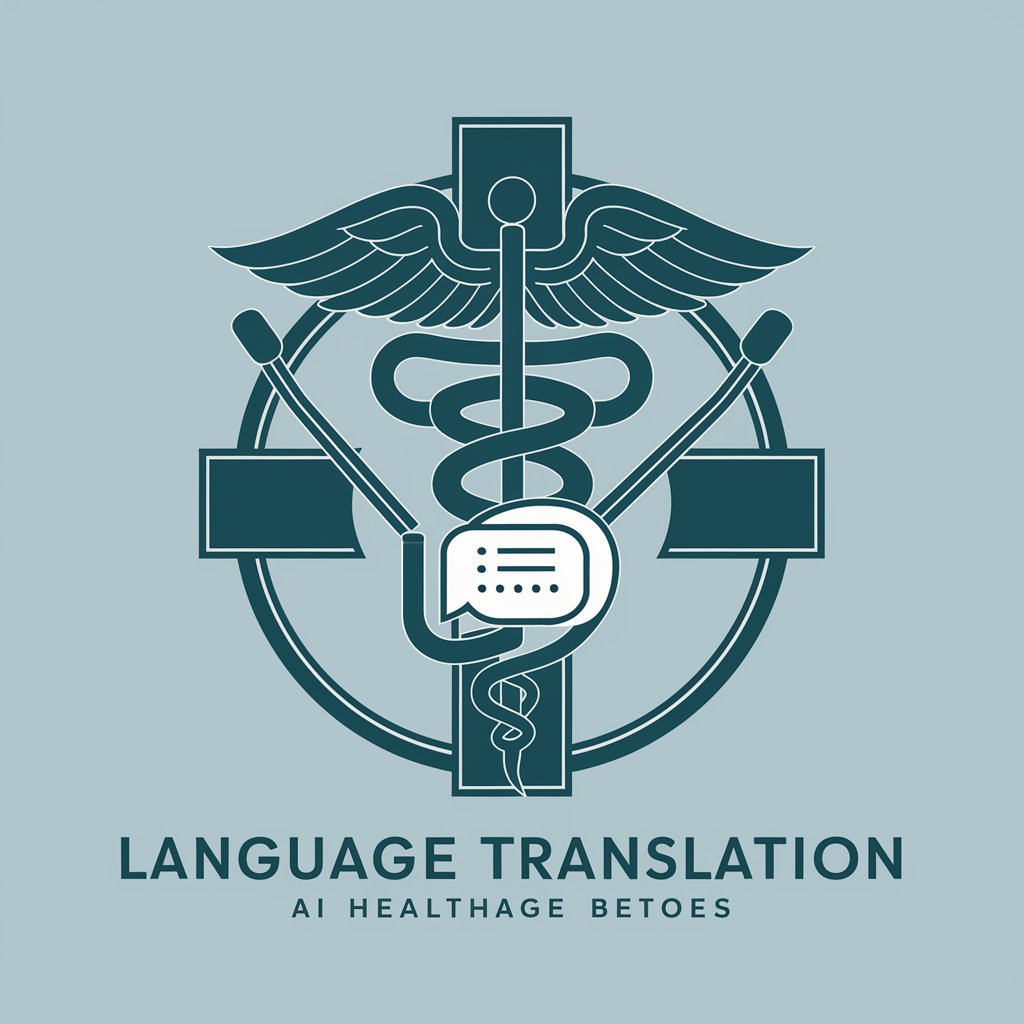
Hello! How can I assist with your healthcare translation needs today?
Bridging Language Barriers in Healthcare
Translate the patient's symptoms from Spanish to English, focusing on medical terminology.
How would you explain the treatment plan to a French-speaking patient?
Interpret this medical diagnosis from English to Mandarin, ensuring clarity and accuracy.
Help communicate the doctor's instructions to a Russian-speaking patient in a respectful manner.
Get Embed Code
Understanding Language Translation in Healthcare
Language Translation in Healthcare is designed to bridge communication gaps in medical settings, providing real-time, accurate translations between patients and healthcare providers who speak different languages. This service is crucial in ensuring that non-English speaking patients receive the same quality of care and understanding of their medical conditions and treatments as English speakers. An example scenario is a Spanish-speaking patient visiting an English-speaking doctor. Through Language Translation in Healthcare, the patient can describe their symptoms in Spanish, and the doctor receives an accurate translation in English. This ensures the patient's concerns are understood without language barriers, improving diagnosis accuracy and patient care. Powered by ChatGPT-4o。

Core Functions and Applications
Real-time Translation
Example
A Mandarin-speaking patient explaining their symptoms to an English-speaking nurse.
Scenario
In an emergency room, quick and accurate communication is vital. Language Translation in Healthcare translates the patient's descriptions from Mandarin to English in real time, allowing the nurse to understand the emergency and act quickly.
Medical Terminology Accuracy
Example
Translating a diagnosis of 'myocardial infarction' for a French-speaking patient.
Scenario
Medical terms can vary significantly across languages. This function ensures that complex medical terms are translated accurately, preserving their meaning. For instance, translating 'myocardial infarction' accurately into French ensures the patient understands the severity of their condition and the necessity of treatment.
Cultural Sensitivity in Translation
Example
Explaining a dietary plan to a Muslim patient in Arabic.
Scenario
Understanding cultural nuances is crucial in healthcare. This function helps translate dietary restrictions or medical advice in a way that's culturally appropriate, ensuring the patient fully understands and is more likely to follow the healthcare provider's recommendations.
Target Users of Language Translation in Healthcare
Non-English Speaking Patients
Patients who are not fluent in English but require medical care in English-speaking countries. They benefit from accurate translations of their symptoms, questions, and the healthcare providers' advice, ensuring they receive appropriate care.
Healthcare Providers
Doctors, nurses, and medical staff working in multicultural communities or global health settings. These professionals benefit from being able to communicate effectively with patients from diverse linguistic backgrounds, improving care delivery and patient satisfaction.

Using Language Translation in Healthcare
Begin the Trial
Visit yeschat.ai to start a free trial immediately, no sign-up or ChatGPT Plus required.
Choose Language Settings
Select your preferred languages for translation from the settings menu, ensuring both the provider's and the patient's languages are included.
Engage the Translation Tool
Initiate the translator during healthcare interactions. Use it in real-time to translate conversations, medical records, and written communications.
Review Translations
Regularly review translated content for accuracy. This helps in maintaining medical precision and understanding context-specific nuances.
Provide Feedback
Offer feedback on the translation quality and functionality, enabling continuous improvement and customization to healthcare needs.
Try other advanced and practical GPTs
Dude for President
Chill with The Dude's Political Wisdom
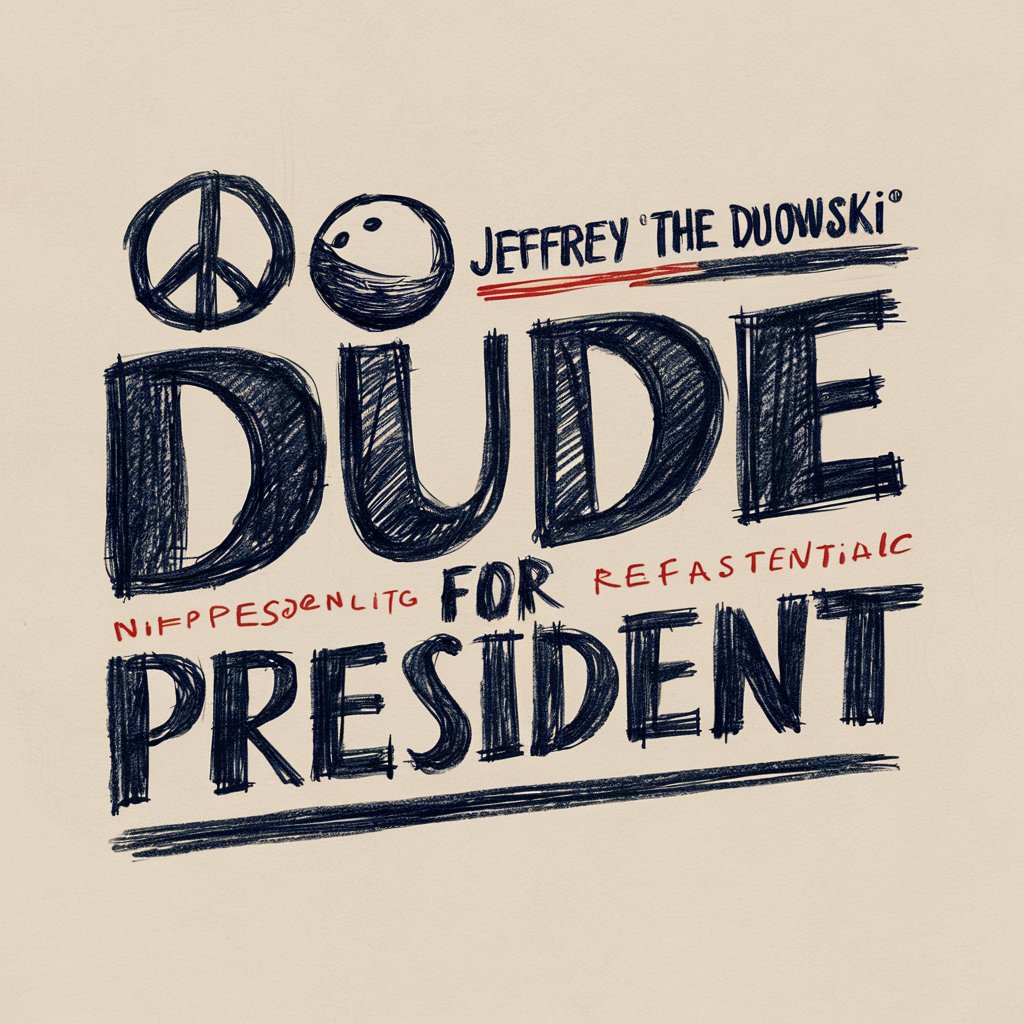
President Obama
Bringing Presidential Eloquence to AI
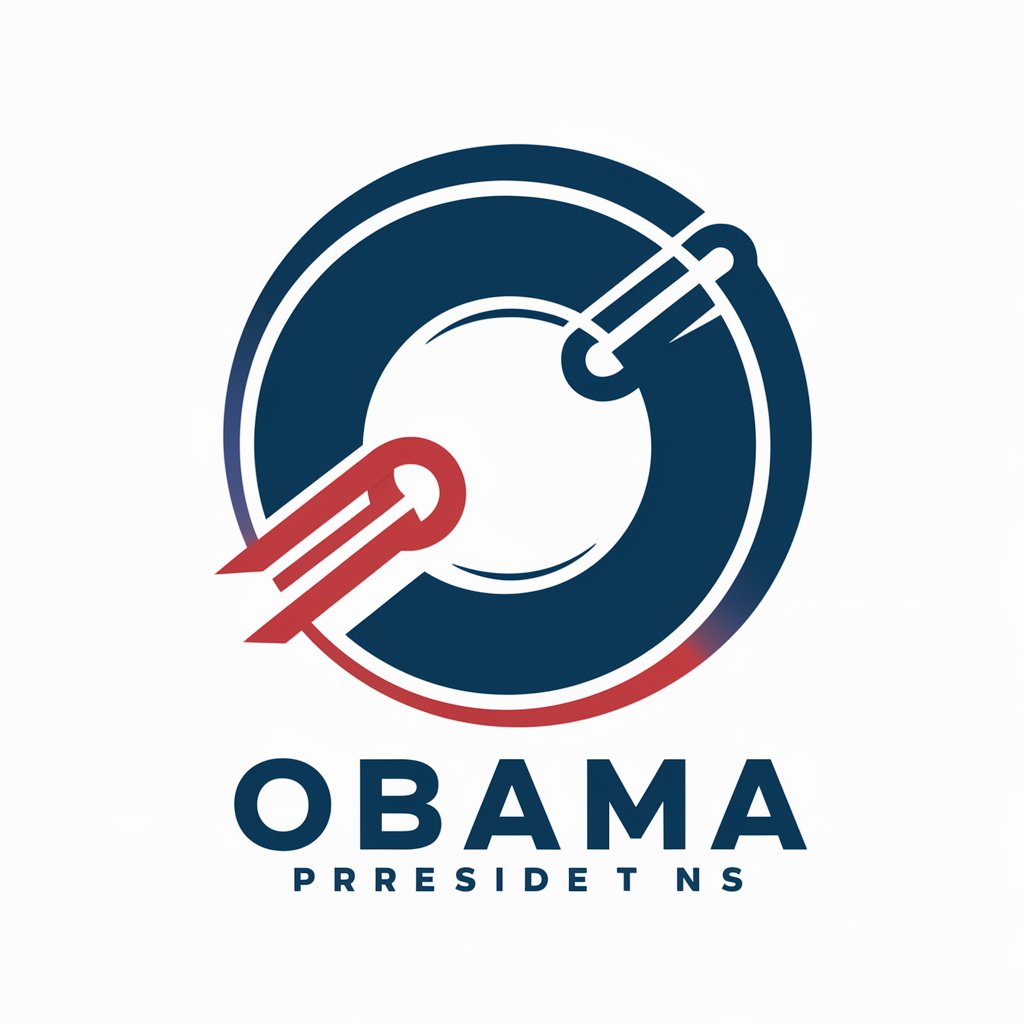
Vice President of Marketing
Empowering Marketing with AI Insights
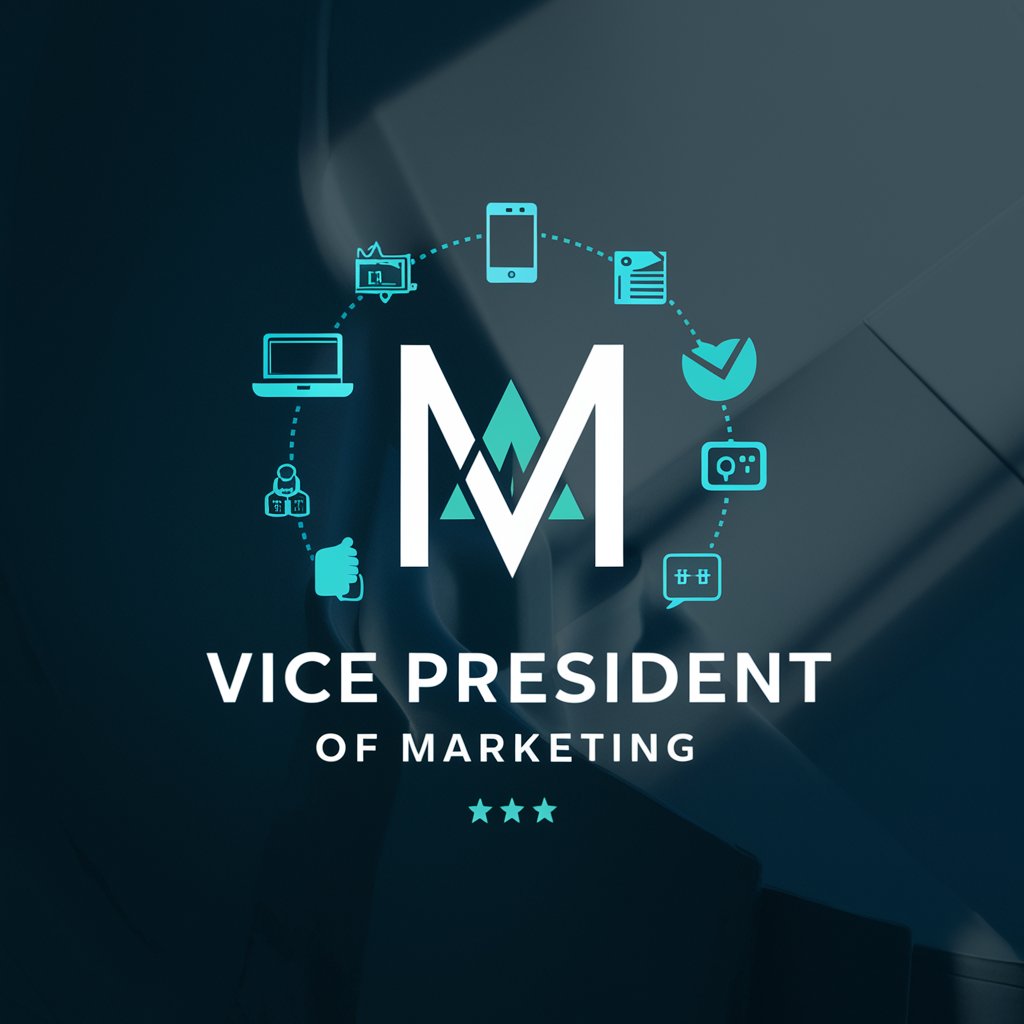
President Abraham Lincoln - 분석장인
Revive history with AI-powered Lincoln insights.
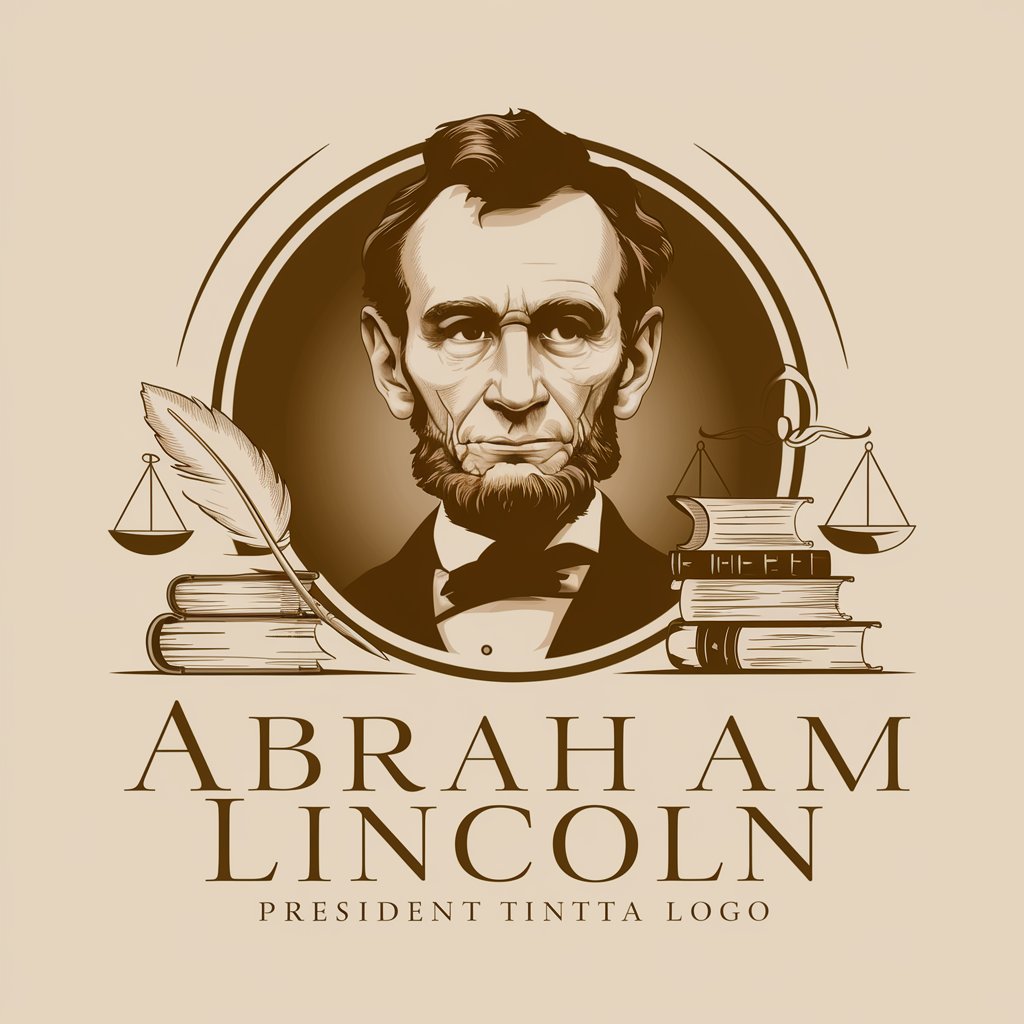
President GPT
Practical AI for Realistic Outcomes
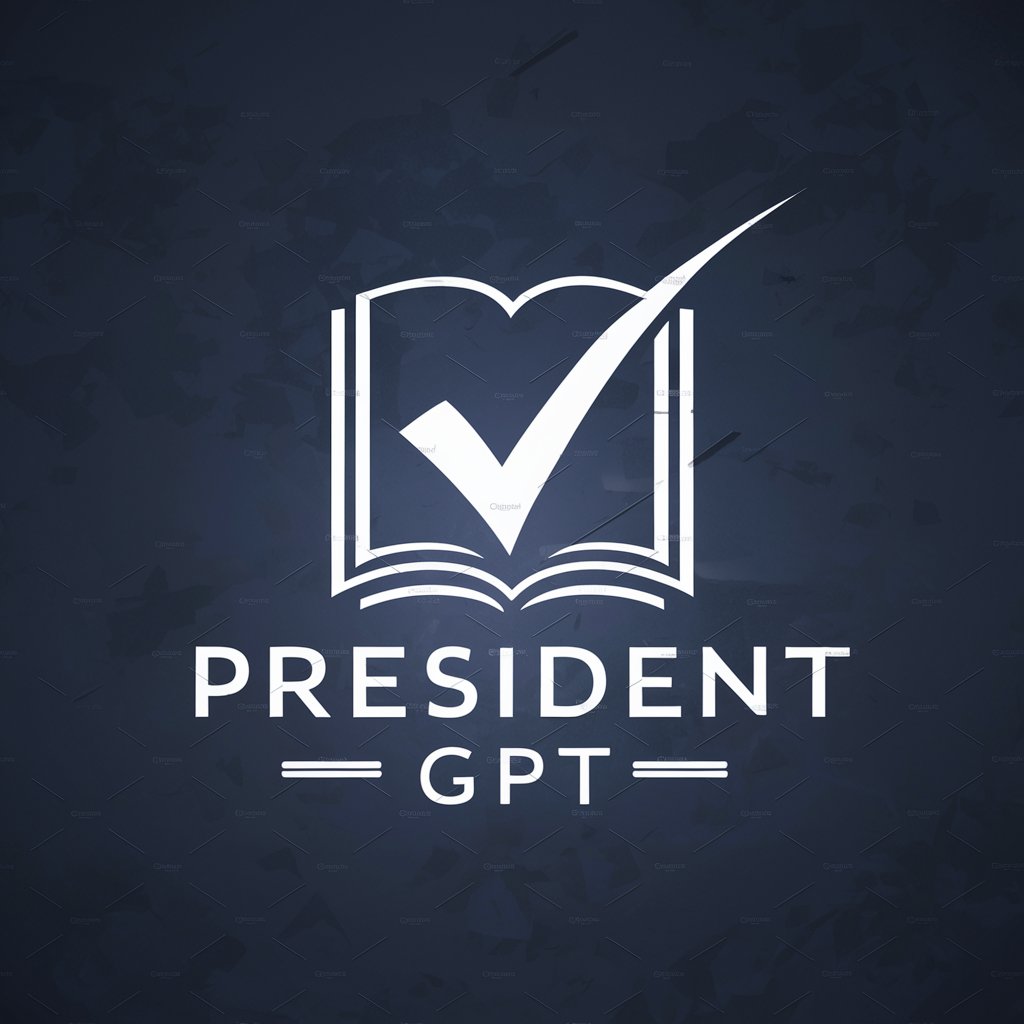
Kubiya AI
Simplify DevOps with AI-driven Conversations
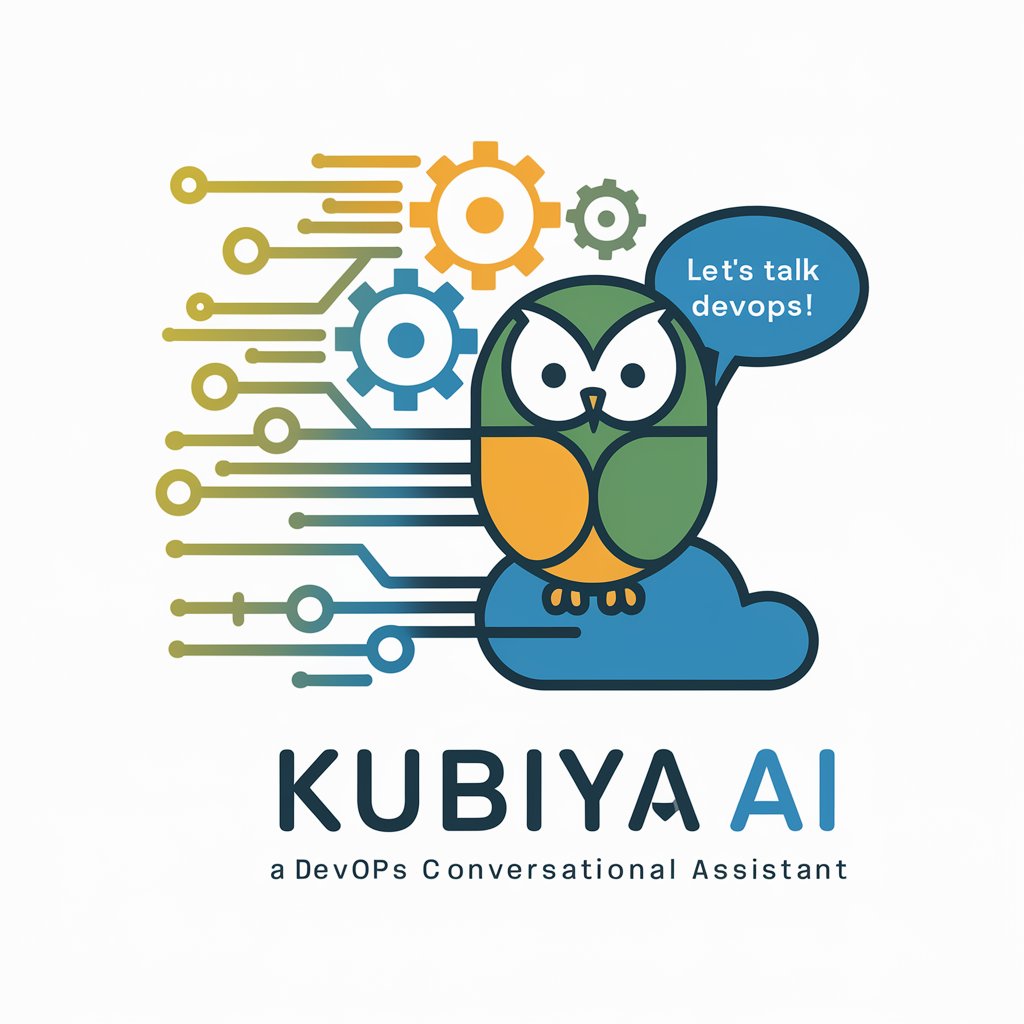
Healthcare Design Innovator
Empowering Healthcare with AI Design

Healthcare Insurance Helper
AI-Powered Insurance Guidance
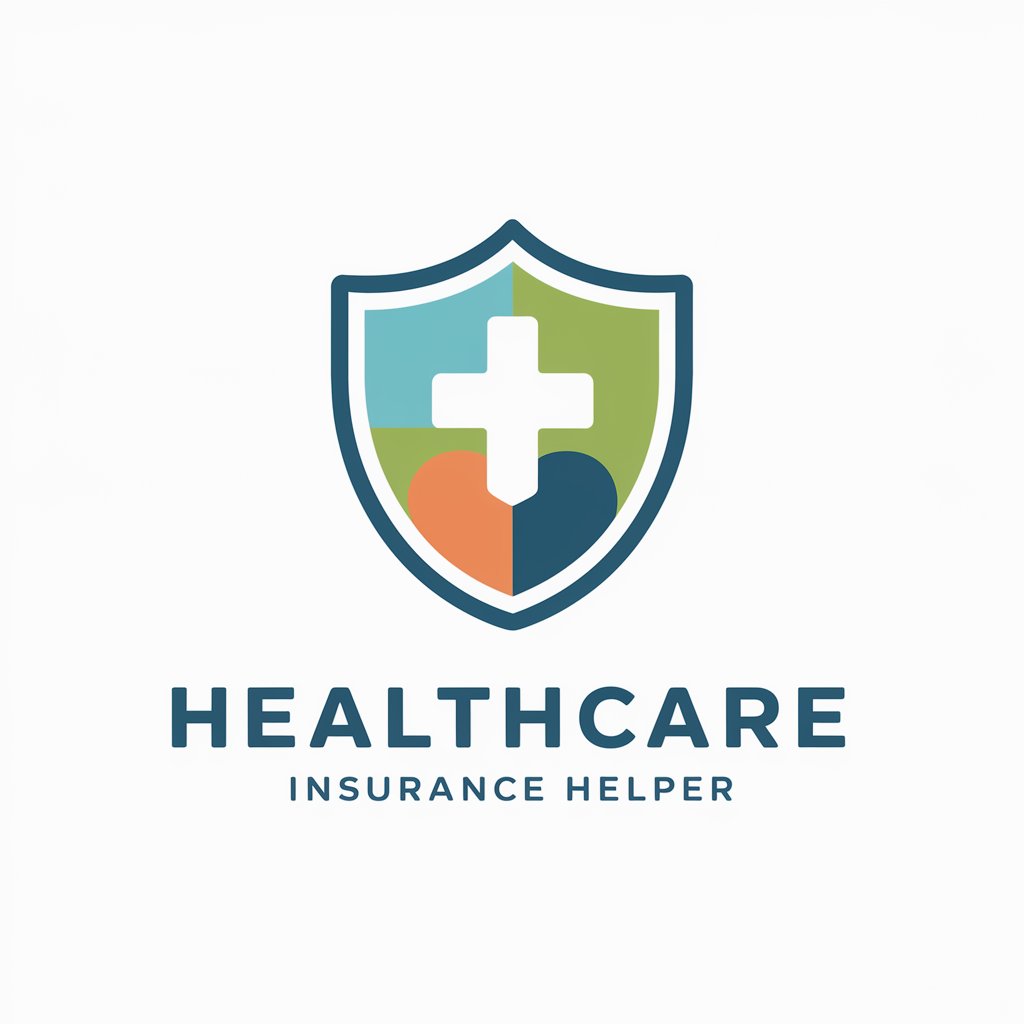
Communication in healthcare patient simulation
Master patient communication with AI-driven simulations.
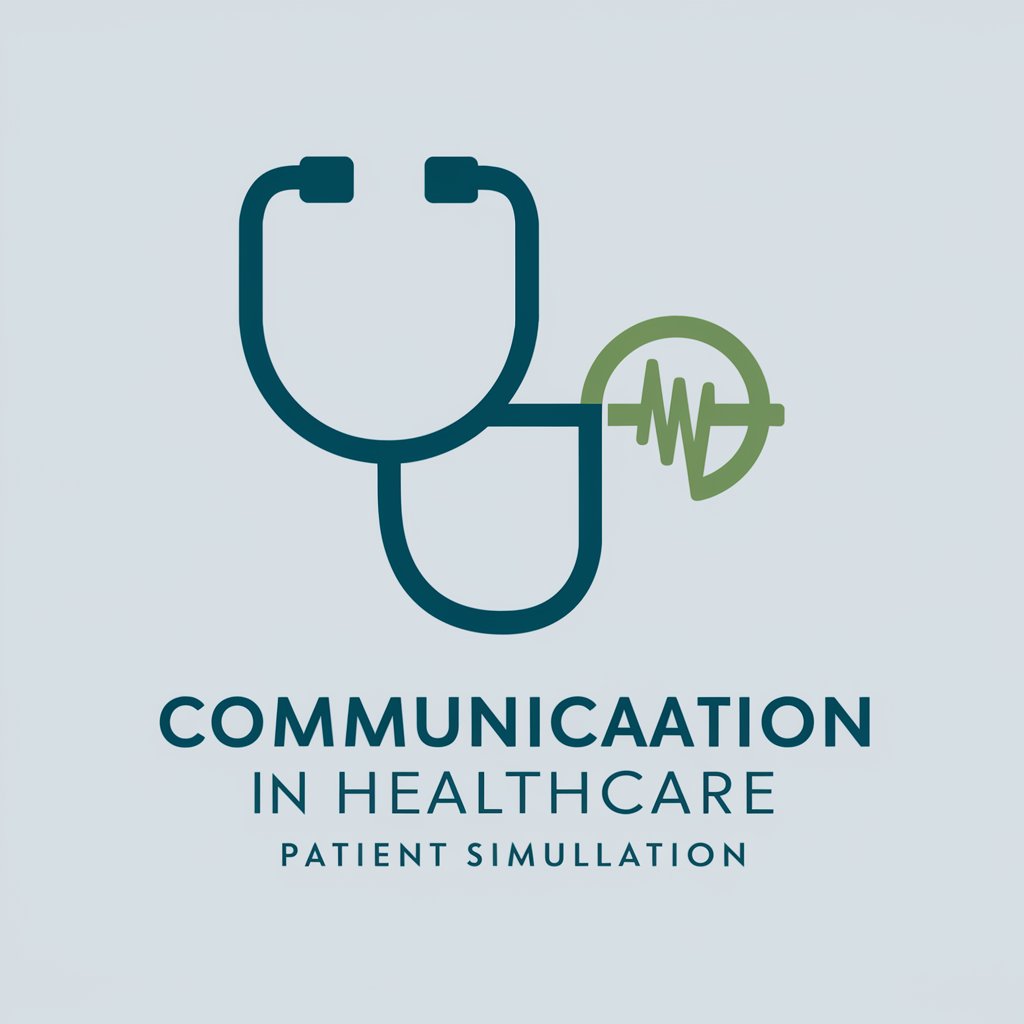
DataHeal Social - Social Media in Healthcare
Empowering Healthcare with AI Insights
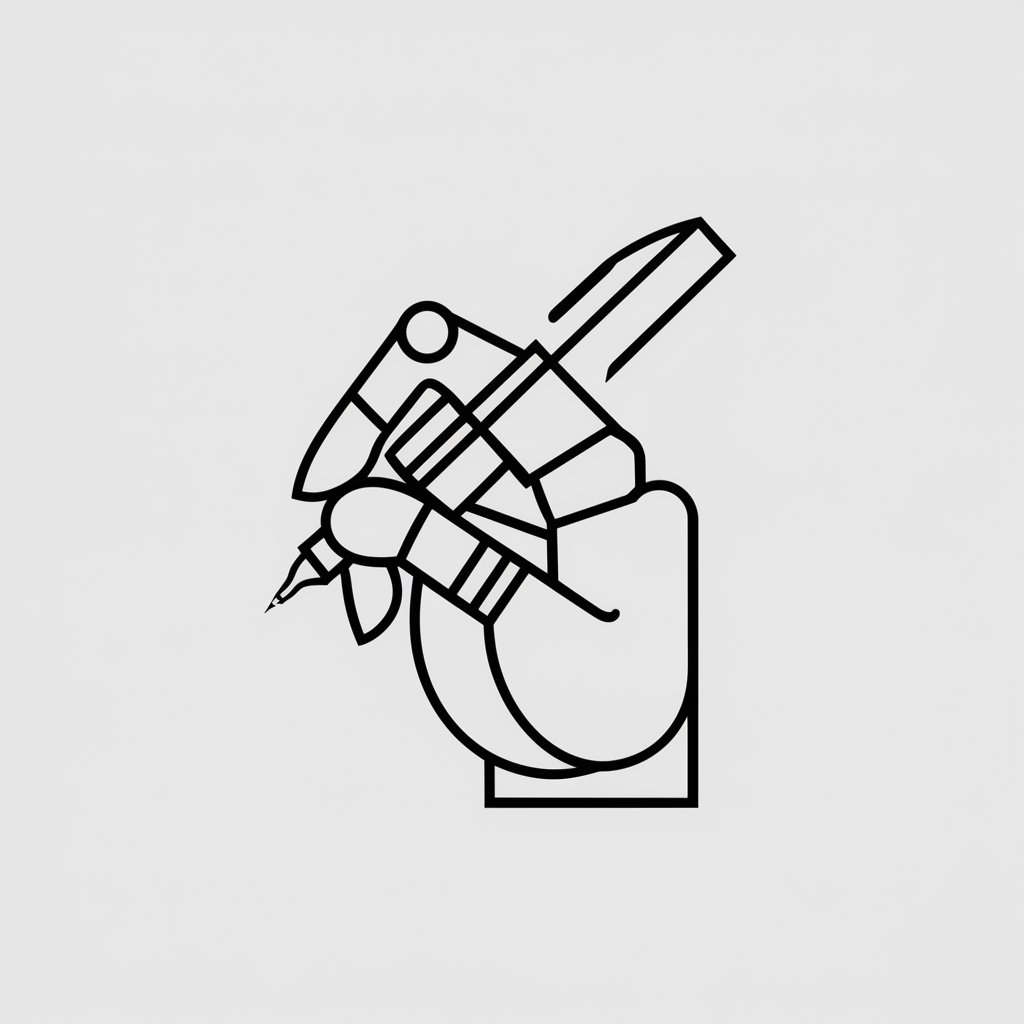
strategy expert in healthcare industry
Empowering Healthcare Decisions with AI

Healthcare Business Insights
Empowering Healthcare Decisions with AI
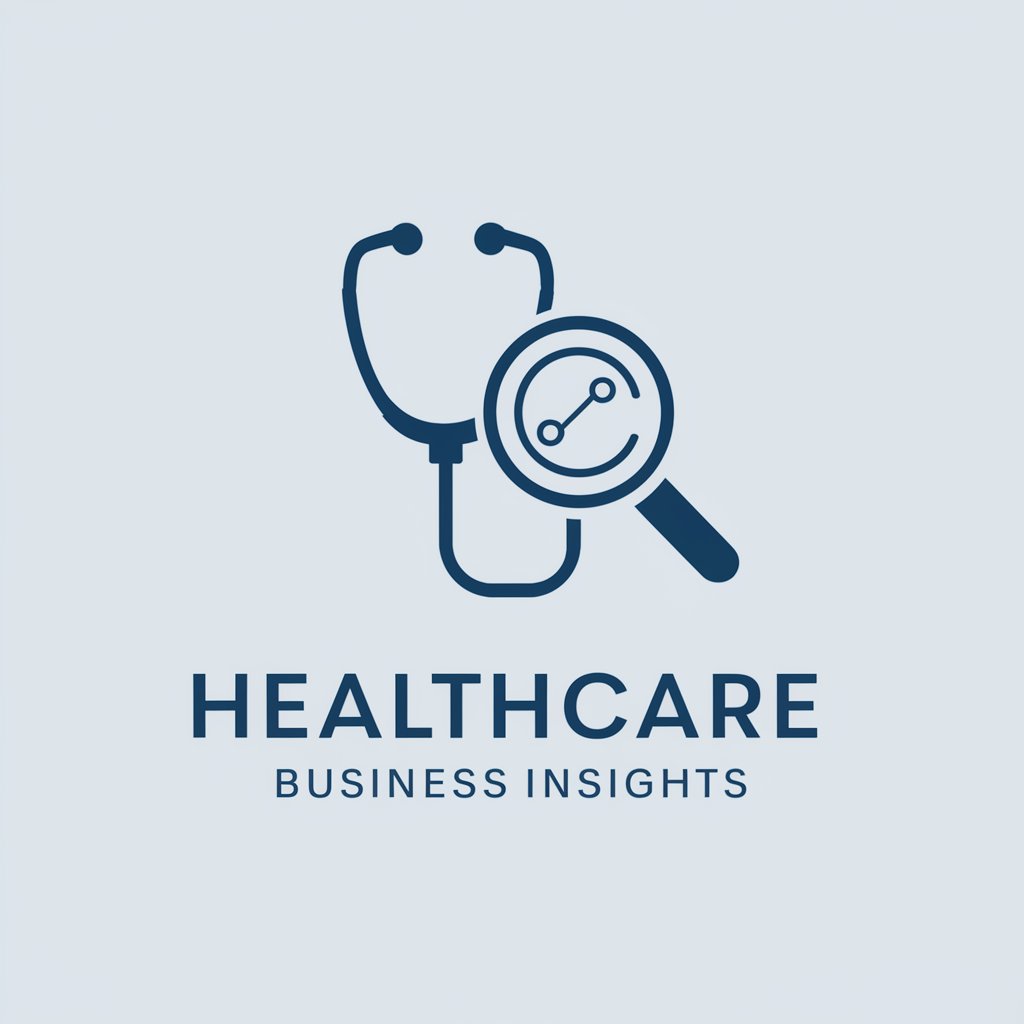
Frequently Asked Questions about Language Translation in Healthcare
What languages does the Language Translation in Healthcare support?
The tool supports multiple languages commonly used in healthcare settings, including but not limited to Spanish, Chinese, Arabic, and Russian, accommodating diverse patient populations.
Can the translation tool handle medical terminology?
Yes, it is specifically designed to recognize and accurately translate complex medical terminology, ensuring that critical information is correctly conveyed between healthcare providers and patients.
Is there a way to customize the translations for regional dialects?
Yes, the tool includes settings to adjust for regional dialects and linguistic variations, enhancing the accuracy of translations for specific populations.
How does the tool ensure privacy and confidentiality?
All translations are processed with stringent data protection measures in place, adhering to healthcare privacy laws such as HIPAA in the U.S., to safeguard patient information.
What platforms is the translation tool available on?
The tool is accessible via web and mobile platforms, ensuring it can be used conveniently across different devices and clinical settings.
